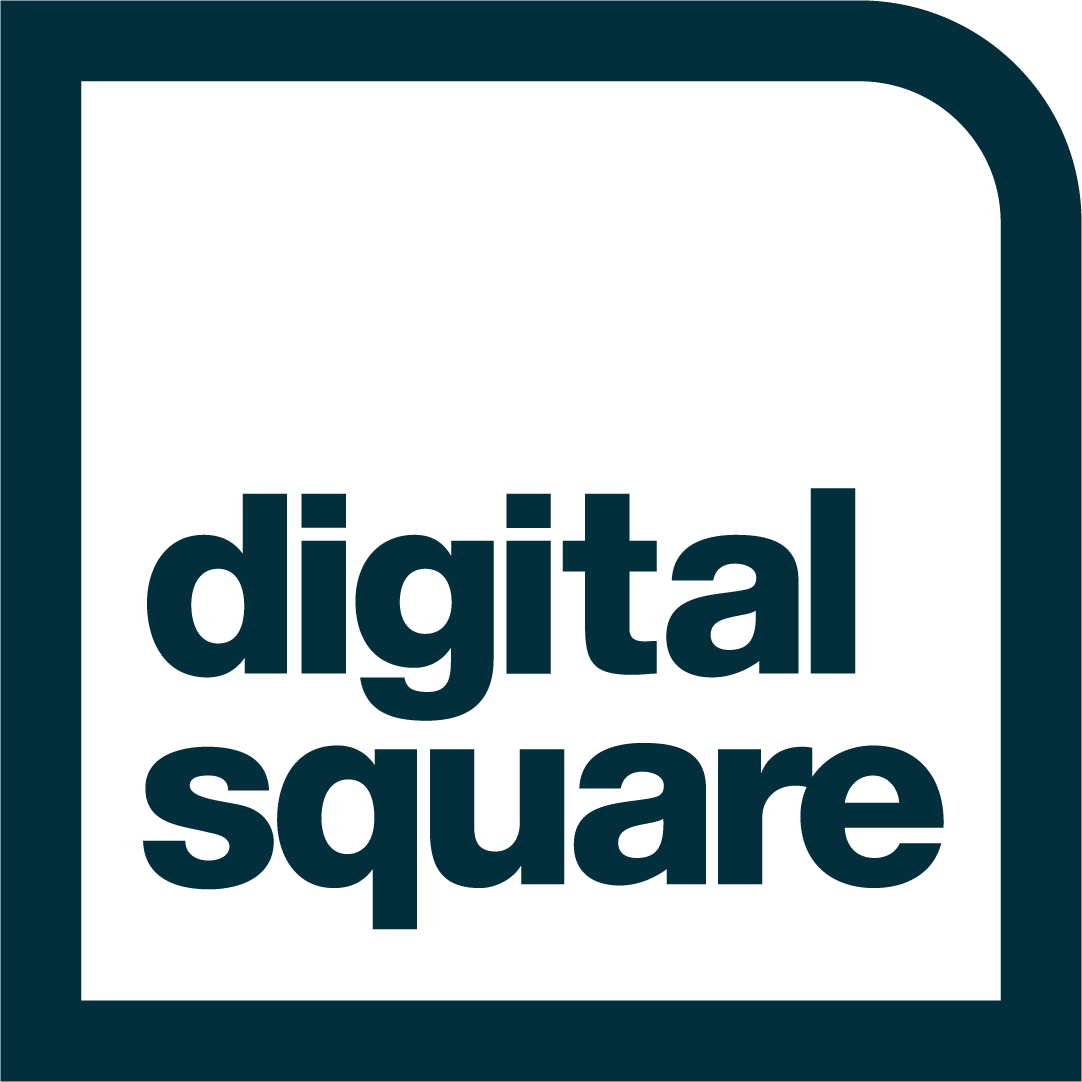There has been tremendous progress in the digital health software space over the last ten years. An important part of this progress has been the
shift away from once-off, custom-coded solutions to either robust SaaS offerings or well-supported open-source software. These tried-and-true
solutions tend to be more secure, more stable, and more scalable than quick custom jobs.
Additionally, it’s difficult to find an implementation success story in the digital health space that does not include an API integration between
two different pieces of software. This may be a connection between a community health-worker tool (like ODK, CommCare, MedicMobile,
etc.) and a government data management system—like DHIS2 or a legacy government system—or it could be a connections involving any
number of critical technologies that support public health interventions—like MPESA, SMS-gateways, mapping and visualization tools, etc.
The problem is that this shift away from hastily-produced custom-solutions to well-established software has not taken place for the dataintegration
aspect of digital health initiatives. We have developed an incredibly robust SaaS offering which allows an organization to
confidently create real-time two-way integrations between hundreds of tools in the digital health space (see
https://www.openfunction.io/apps for a partial list). OpenFn’s data integration platform already supports some of the most innovative
organizations in the sector but, because our product is proprietary, our impact is limited.
Open-sourcing our platform will create that industry standard for data integration and will increase the success rate of digital health projects
around the world. More than simply flipping a switch on a private code repository, open-sourcing means making the technology broadly
accessible, easy to use, and instantly deployable on any server, in any country, by anyone. We plan to continue offering our SaaS technology
(just as Dimagi offers CommCare as SaaS, for example) but open-source our code to:
1. Vastly expand the product’s reach, scale, and impact by unlocking the platform for governments and iNGOs. We have direct
experience with implementers at the iNGO or government level that simply can’t use platforms unless they are open source
and running on in-country servers.
2. Jumpstart an industry of implementers using our product who would no longer be reliant on us. Open sourcing would allow for
the development of a new ecosystem—the growth of an army of open-source developers and consultants that could deploy the
platform across the world.
3. Enhance the resilience of the technology by incentivizing implementers to become open source contributors.
With more stakeholders and deployments around the world driving revenue to other businesses, they’ll be incentivized to fix bugs and introduce
features rapidly while our lean core team plays a community-management and quality-control role. The result will be not just better, integrated
DHIS2 implementations, but a more efficient digital health sector on the whole.
Submitted by Anonymous on Mon, 03/09/2020 - 15:06
Last revised by Digital Square on Tue, 03/10/2020 - 05:37.
Final Proposal:
Application Status:
Not Approved

